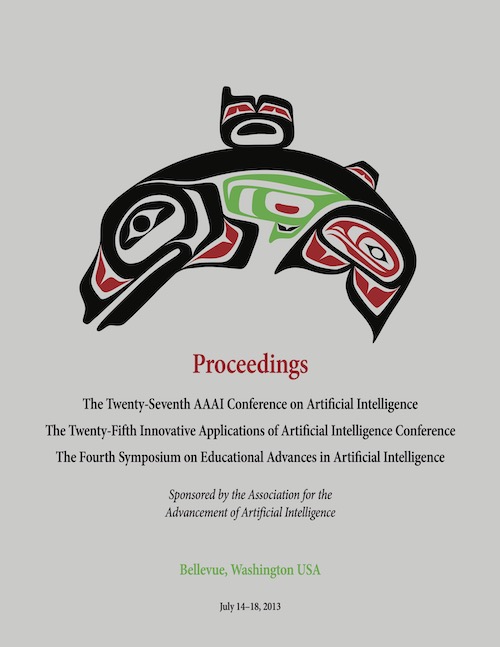Integrating Digital Pens in Breast Imaging for Instant Knowledge Acquisition
DOI:
https://doi.org/10.1609/aaai.v27i2.18984Abstract
Future radiology practices assume that the radiology reports should be uniform, comprehensive, and easily managed. This means that reports must be “readable” to humans and machines alike. In order to improve reporting practices in breast imaging, we allow the radiologist to write structured reports with a special pen on paper with an invisible dot pattern. In this way, we provide a knowledge acquisition system for printed mammography patient forms for the combined work with printed and digital documents. In this domain, printed documents cannot be easily replaced by computer systems because they contain free-form sketches and textual annotations, and the acceptance of traditional PC reporting tools is rather low among the doctors. This is due to the fact that current electronic reporting systems significantly add to the amount of time it takes to complete the reports. We describe our real-time digital paper application and focus on the use case study of our deployed application. We think that our results motivate the design and implementation of intuitive pen-based user interfaces for the medical reporting process and similar knowledge work domains. Our system imposes only minimal overhead on traditional form-filling processes and provides for a direct, ontology-based structuring of the user input for semantic search and retrieval applications, as well as other applied artificial intelligence scenarios which involve manual form-based data acquisition.

